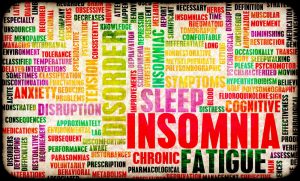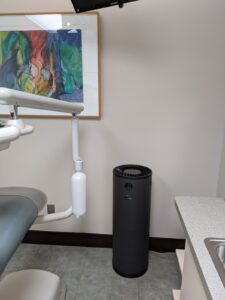 Perhaps you know somebody who has participated in a sleep study. Sleep studies have become very common due to the fact that an estimated 18 million Americans suffer from sleep apnea, and as many as 80 percent of cases go undiagnosed. Today your Livonia, MI dentist, Dr. James Stewart continues with part two of a three part series on sleep studies.
Perhaps you know somebody who has participated in a sleep study. Sleep studies have become very common due to the fact that an estimated 18 million Americans suffer from sleep apnea, and as many as 80 percent of cases go undiagnosed. Today your Livonia, MI dentist, Dr. James Stewart continues with part two of a three part series on sleep studies.
What Exactly Is A Sleep Study?
While the sleep studies people hear about take place overnight, not all sleep studies do. For instance the multiple sleep latency test (MSLT) is a daytime sleep study. It is usually given after a polysomnogram. Performed in a comfortable sleeping environment sleep studies are painless. They are important because left untreated, sleep disorders can increase your risk for hypertension, heart disease, and stroke. They can also cause numerous daytime symptoms that affect the quality of your life. In his last blog, Dr. Stewart discussed the polysomnogram (PSG). In today’s blog, Dr. Stewart explains the multiple sleep latency test (MSLT).
During a MSLT
Multiple sleep latency tests are usually given 2 hours after you wake up from the polysomnogram. You are asked to try to fall back to sleep in a dark, quiet room. Because your ability to fall asleep changes throughout the day, the test is repeated several times as the day progresses. After two hours of being awake after receiving the polysomnogram, you are asked to sleep for two hours. You are then required to remain awake for the next two hours and so on:
- Polysomnogram
- Two hours awake time
- Multiple sleep latency test (2 hours asleep)
- Two hours awake time
- MSLT (2 hours asleep)
- Repeats up to five times
During a multiple sleep latency test sensors are usually placed on your face, chin, and scalp. The sensors record eye movements and brain activity measuring how long it takes you to fall asleep, and how long you remain in the various stages of sleep. Your breathing may also be monitored during an MSLT. There are 2 types of sleep, rapid eye movement (REM sleep) which is when you tend to do the most dreaming, and non-REM sleep which consists of three stages. Both types of sleep occur in regular cycles.
Diagnosis
The types and stages of sleep you enter, and how long you remain in each during the day, can help your doctor diagnose sleep disorders that cause daytime drowsiness including idiopathic hypersomnia and narcolepsy.
About Dr. Stewart
James R. Stewart, Jr, DDS, PC and our compassionate staff proudly serve patients of all ages from Livonia, Farmington Hills, Plymouth, Northville, Dearborn Heights, Garden City, and all surrounding communities. If you think you or a loved one is dealing with a sleep disorder, call our office today at (734) 425-4400, to schedule an appointment. At Dental sleep Medicine of Michigan, we are committed to forming trusting relationships with our patients so we can work together to achieve sound treatment and a future full of restful nights.






